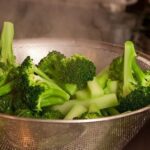Discover What Are The Most Popular Foods In Spain, a culinary journey offering a rich tapestry of flavors from savory tapas to delightful desserts, brought to you by FOODS.EDU.VN. Explore Spain’s iconic dishes like Paella, Gazpacho, and Tortilla Española, enhancing your cooking skills and introducing you to the vibrant Spanish culinary culture with cooking techniques and ingredient insights. Indulge in a feast of information about traditional Spanish cuisine, popular culinary delights, and exquisite food preparation, readily available at FOODS.EDU.VN.
1. Gazpacho: The Quintessential Cold Soup
Gazpacho, a chilled soup originating from the scorching lands of Andalusia, is a refreshing embodiment of summer. Its vibrant blend of ripe tomatoes, cucumber, bell peppers, garlic, and olive oil creates a symphony of flavors, ideal for cooling down on a hot day. This iconic dish is a staple in southern Spain, where locals often enjoy it daily during the summer months, with jugs of it readily available in tapas bars.
- Ingredients: Ripe tomatoes, cucumber, bell peppers, garlic, olive oil, and bread
- Variations: Salmorejo (from Córdoba) is a thicker version, often garnished with Ibérico ham.
- Serving Suggestions: Serve chilled in bowls or glasses, perfect as a starter or light meal.
Gazpacho is more than just a soup; it’s a culinary representation of Spain’s vibrant culture and culinary heritage. Discover more about the history and variations of this refreshing delight at FOODS.EDU.VN.
2. Paella: A Symphony of Rice and Flavors
Paella, a crown jewel of Valencian cuisine, is a rice dish that embodies the heart and soul of Spain. With its saffron-infused rice, succulent chicken or rabbit, runner beans, and butter beans, each bite is an explosion of authentic flavors. Paella Valenciana is a testament to Spain’s culinary diversity, with variations found throughout the country. The key to a perfect paella lies in the rice, traditionally using Bomba or Calasparra varieties, renowned for their ability to absorb the rich flavors of the dish.
- Key Ingredients: Saffron, chicken or rabbit, runner beans, butter beans, Bomba or Calasparra rice
- Regional Variations: Seafood paella, mixed paella, and vegetarian paella.
- Cooking Tip: Use a paella pan for even heat distribution and optimal rice cooking.
Whether you’re a seasoned chef or a novice cook, FOODS.EDU.VN provides the expertise and guidance to master the art of paella-making, ensuring an authentic and unforgettable culinary experience.
3. Tortilla Española: A Simple Yet Sublime Omelette
Tortilla Española, also known as Spanish omelette, is a testament to the beauty of simplicity. Comprising just eggs, potatoes, and sometimes onions, this dish transcends its humble ingredients to become a culinary masterpiece. The slow-fried potatoes and onions meld with the beaten eggs, creating a harmonious blend of flavors. The versatility of Tortilla Española allows for creative additions like chorizo, ham, spinach, or zucchini, transforming it into a satisfying and adaptable meal.
- Core Ingredients: Eggs, potatoes, onions (optional).
- Creative Additions: Chorizo, ham, spinach, zucchini.
- Cooking Technique: Slow-frying the potatoes and onions is crucial for optimal flavor.
FOODS.EDU.VN offers expert tips and detailed instructions to help you perfect your Tortilla Española, ensuring a delightful and authentic taste of Spain.
4. Gambas al Ajillo: Sizzling Garlic Prawns
Gambas al Ajillo, or garlic prawns, is a quintessential tapas dish that tantalizes the senses with its simplicity and irresistible aroma. This dish features succulent prawns sizzled in olive oil with garlic and chili, finished with a sprinkle of fresh parsley. The garlic-infused oil permeates the prawns, creating a harmonious blend of flavors that is both comforting and exhilarating.
- Essential Ingredients: Prawns, garlic, olive oil, chili, parsley.
- Preparation: Sauté sliced garlic and chili in olive oil, then add prawns until cooked.
- Serving Suggestion: Serve hot in an earthenware dish for an authentic tapas experience.
Learn the secrets to crafting the perfect Gambas al Ajillo at FOODS.EDU.VN, where you can discover expert tips and innovative variations of this beloved Spanish tapa.
5. Tostas de Tomate y Jamón: A Celebration of Iberian Flavors
Tostas de Tomate y Jamón is a simple yet exquisite dish that showcases the flavors of Spain’s prized Ibérico ham. This culinary delight consists of thick slices of toast rubbed with garlic and ripe tomato, drizzled with olive oil, and topped with thin slices of Jamón Ibérico. The combination of the crusty bread, juicy tomato, and savory ham creates a harmonious balance of flavors and textures.
- Key Components: Thick-cut toast, garlic, ripe tomato, olive oil, Jamón Ibérico.
- Jamón Ibérico: Sourced from black pigs fed on acorns, known for its nutty, rich flavor.
- Preparation: Rub toast with garlic and tomato, drizzle with olive oil, and top with Jamón.
Uncover the secrets to sourcing the finest ingredients and preparing the perfect Tostas de Tomate y Jamón at FOODS.EDU.VN, where you can indulge in the flavors of Spain’s culinary heritage.
6. Patatas Bravas: Spain’s Beloved Spicy Potatoes
Patatas Bravas, a staple of Spanish tapas culture, is a dish that ignites the palate with its bold and spicy flavors. These crispy fried potatoes are served with a generous dollop of bravas sauce, a piquant concoction made from pimentón (Spanish paprika), olive oil, flour, and stock. The variations of Patatas Bravas differ across regions, with some adding garlic, sherry, or secret ingredients, making each serving a unique culinary adventure.
- Core Elements: Fried potato chunks, bravas sauce.
- Bravas Sauce Ingredients: Pimentón, olive oil, flour, stock, garlic (optional), sherry (optional).
- Regional Variations: Differ in sauce ingredients and spice levels.
FOODS.EDU.VN offers a comprehensive guide to mastering Patatas Bravas, from selecting the perfect potatoes to crafting the most flavorful bravas sauce, ensuring an authentic Spanish experience.
7. Pollo al Ajillo: Grandma’s Garlic Chicken
Pollo al Ajillo, or garlic chicken, is a cherished dish that evokes memories of home-cooked meals and family traditions. Every Spaniard claims their grandmother’s recipe is the best, and for good reason. This dish features chicken pieces cooked in olive oil infused with unpeeled garlic cloves, rosemary, thyme, and a splash of dry sherry or white wine. The simplicity of the ingredients belies the depth of flavor, making it a comforting and satisfying meal.
- Main Components: Chicken pieces, garlic cloves, olive oil, rosemary, thyme, dry sherry or white wine.
- Preparation: Fry garlic cloves in olive oil, add chicken, and season with herbs and sherry/wine.
- Serving Suggestion: Serve hot with crusty bread to soak up the flavorful sauce.
Discover the secrets to creating the perfect Pollo al Ajillo at FOODS.EDU.VN, where you can explore traditional recipes and innovative twists on this classic Spanish dish.
8. Cochinillo Asado: Segovia’s Succulent Suckling Pig
Cochinillo Asado, or roast suckling pig, is a culinary masterpiece that draws food enthusiasts to Segovia. This iconic dish is cooked in massive wood-fired ovens, resulting in meat so tender it can be cut with the side of an earthenware plate. The skin is crispy and golden, while the meat is succulent and flavorful, making it an unforgettable dining experience.
- Preparation: Roasted in wood-fired ovens until tender and crispy.
- Serving Tradition: Cut with the side of an earthenware plate to showcase tenderness.
- Regional Significance: A must-try dish when visiting Segovia.
At FOODS.EDU.VN, you can explore the history and traditions surrounding Cochinillo Asado, as well as discover alternative recipes that capture the essence of this iconic dish.
9. Pisto: Spain’s Rustic Vegetable Stew
Pisto, the Spanish counterpart to ratatouille, is a hearty and flavorful vegetable stew that showcases the bounty of La Mancha. This dish features onions, garlic, zucchini, peppers, and tomatoes slow-fried in olive oil until tender and caramelized. Pisto is typically served as a starter or side dish, often accompanied by fried eggs or chorizo, making it a versatile and satisfying meal.
- Core Vegetables: Onions, garlic, zucchini, peppers, tomatoes.
- Cooking Method: Slow-fried in olive oil until tender.
- Serving Options: Served as a starter, side dish, or with fried eggs/chorizo.
Learn how to prepare the perfect Pisto at FOODS.EDU.VN, where you can find detailed recipes and tips for achieving the authentic flavors of this rustic Spanish stew.
10. Turrón: Spain’s Festive Almond Nougat
Turrón, an almond nougat confection, is a beloved treat in Spain, particularly during the Christmas season. Made primarily in Jijona, Alicante, this sweet delight combines locally-grown almonds with honey and egg white. There are two main varieties: Jijona, a soft, smooth nougat, and Alicante, a hard nougat with pieces of almond.
- Key Ingredients: Almonds, honey, egg white.
- Varieties: Jijona (soft) and Alicante (hard).
- Seasonal Significance: Primarily enjoyed during Christmas.
Discover the history and craftsmanship behind Turrón at FOODS.EDU.VN, where you can explore traditional recipes and modern variations of this iconic Spanish sweet.
Exploring Spanish Cuisine: Beyond the Top 10
While these ten dishes offer a glimpse into the rich tapestry of Spanish cuisine, there’s so much more to explore. From the seafood delights of Galicia to the hearty stews of Castile, each region of Spain boasts its own unique culinary identity. Let’s delve into some additional aspects of Spanish food culture:
Tapas: The Art of Sharing
Tapas are small, savory dishes served as appetizers or snacks, often enjoyed with drinks. They represent a social and communal way of eating, encouraging people to gather and share a variety of flavors.
Popular Tapas Dishes:
| Dish | Description |
|---|---|
| Croquetas | Creamy béchamel fritters filled with ham, chicken, or cod. |
| Calamares Fritos | Fried squid rings, crispy and flavorful. |
| Pulpo a la Gallega | Galician-style octopus, tender and seasoned with paprika and olive oil. |
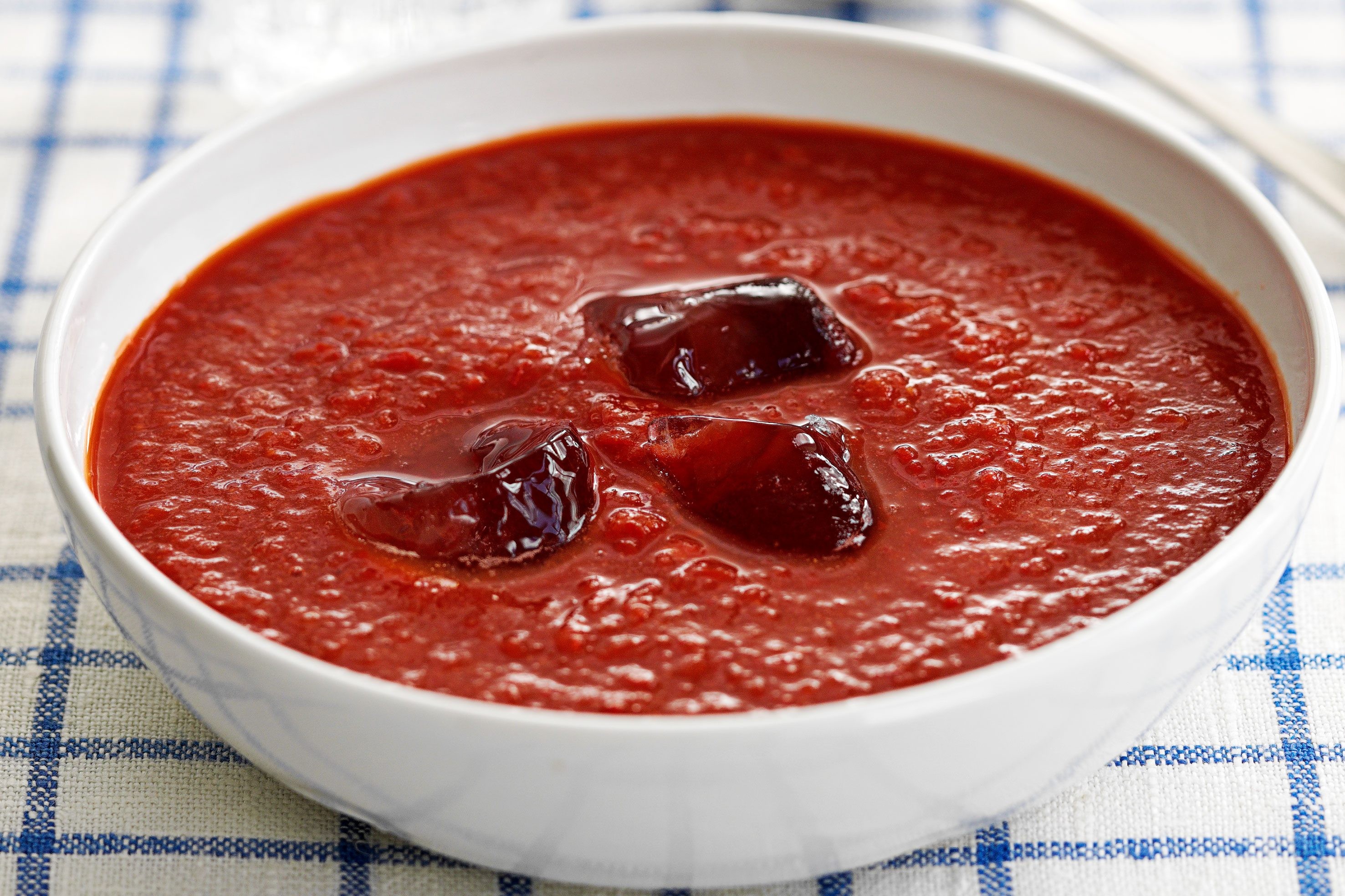
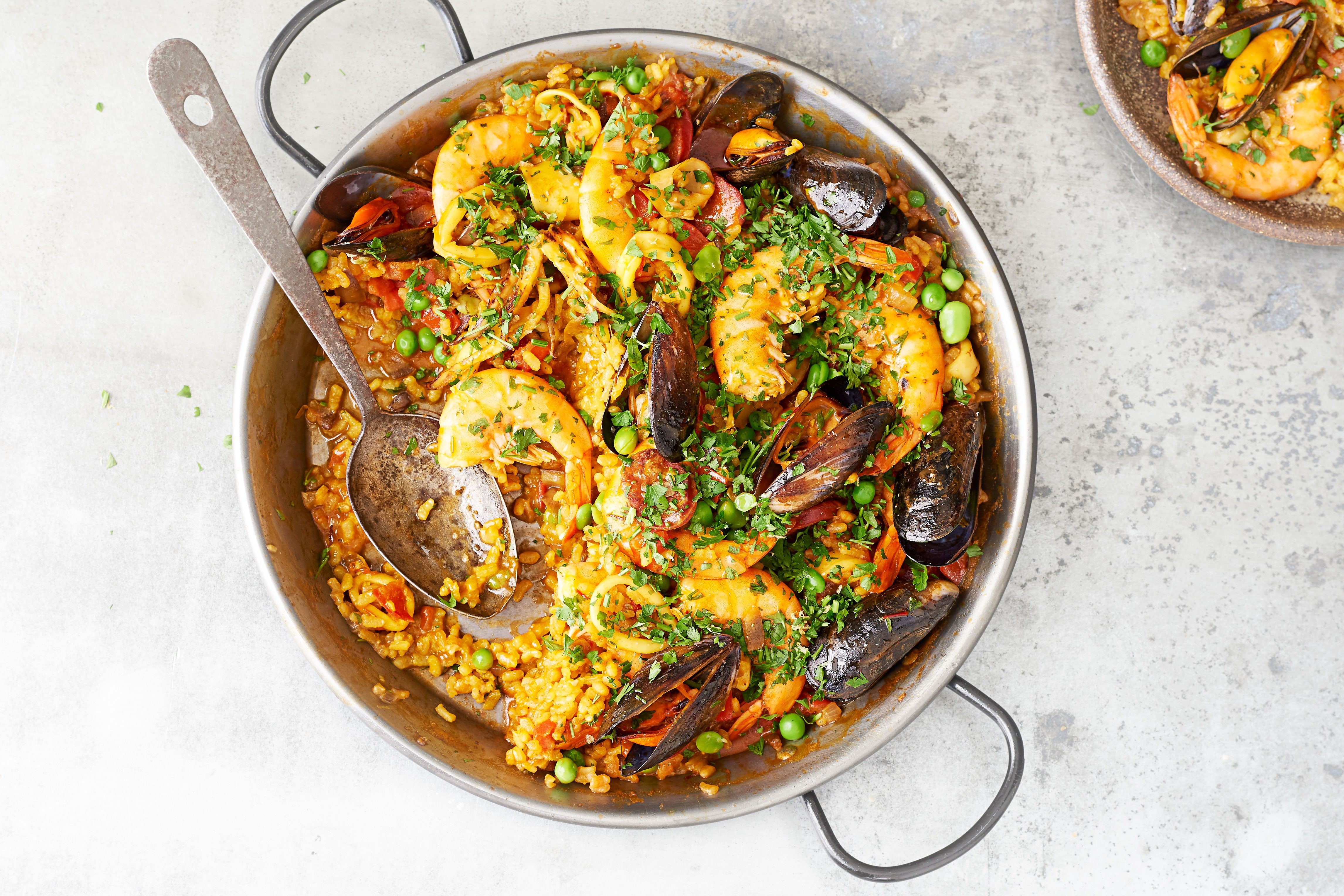
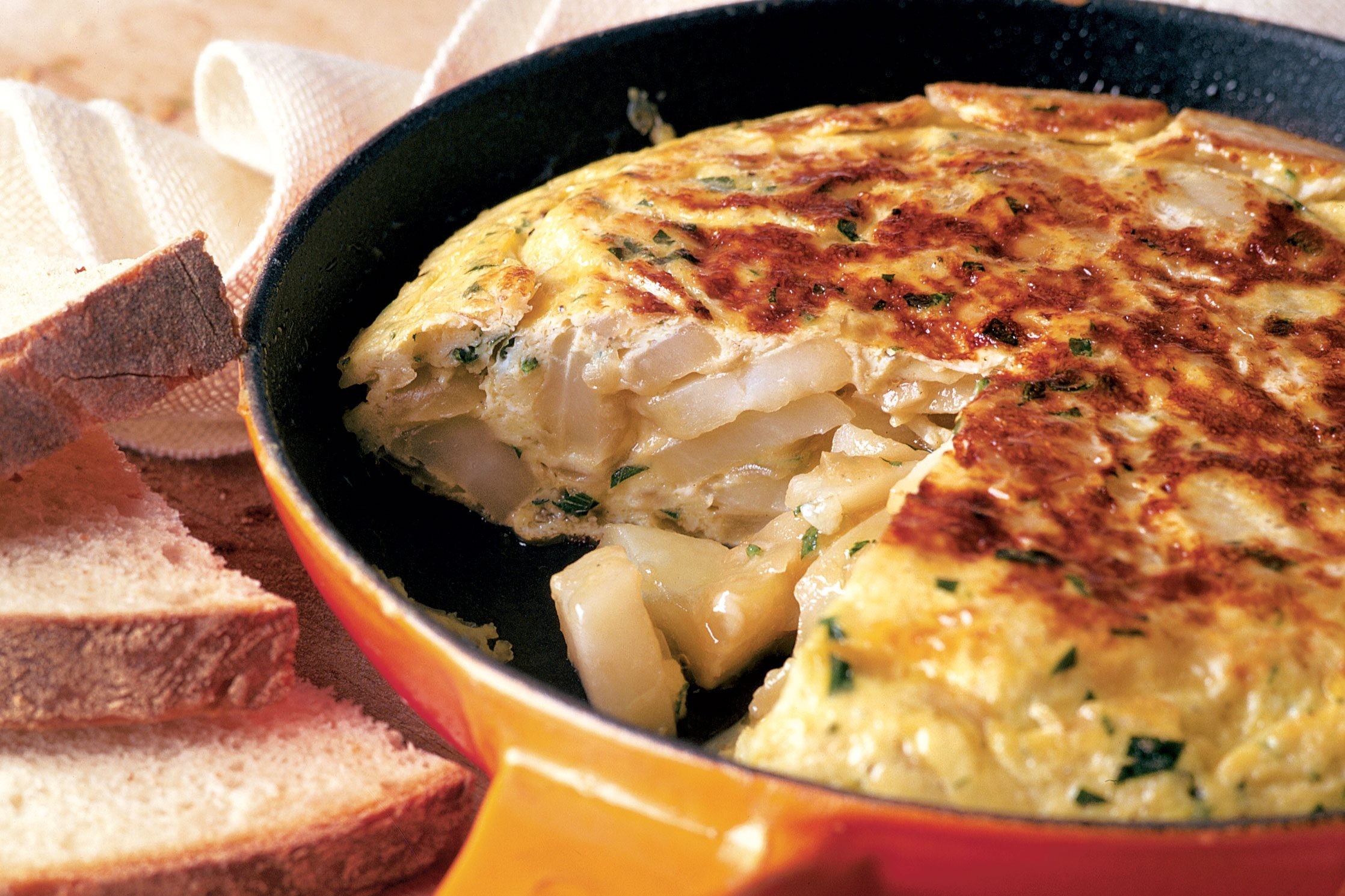
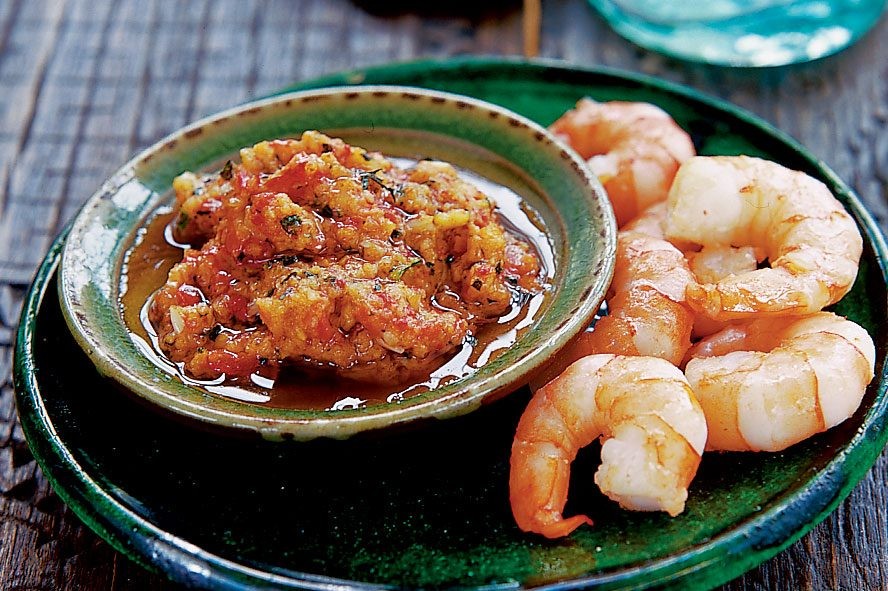
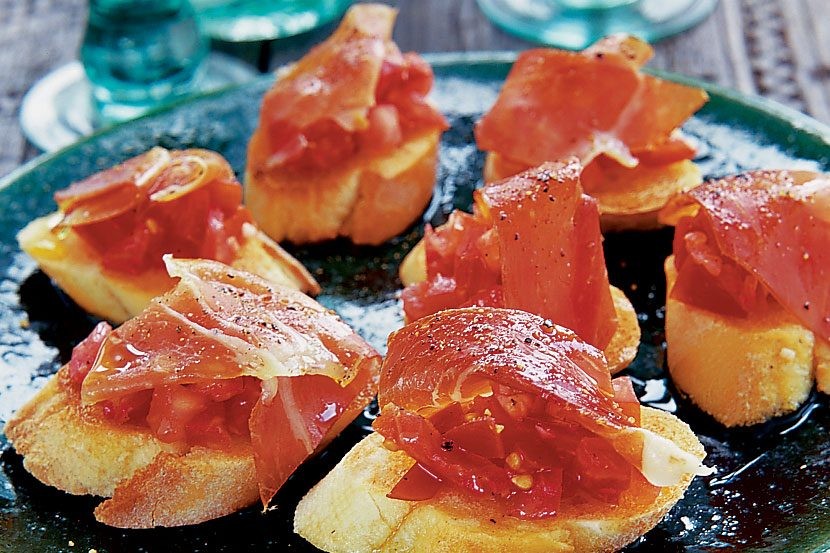
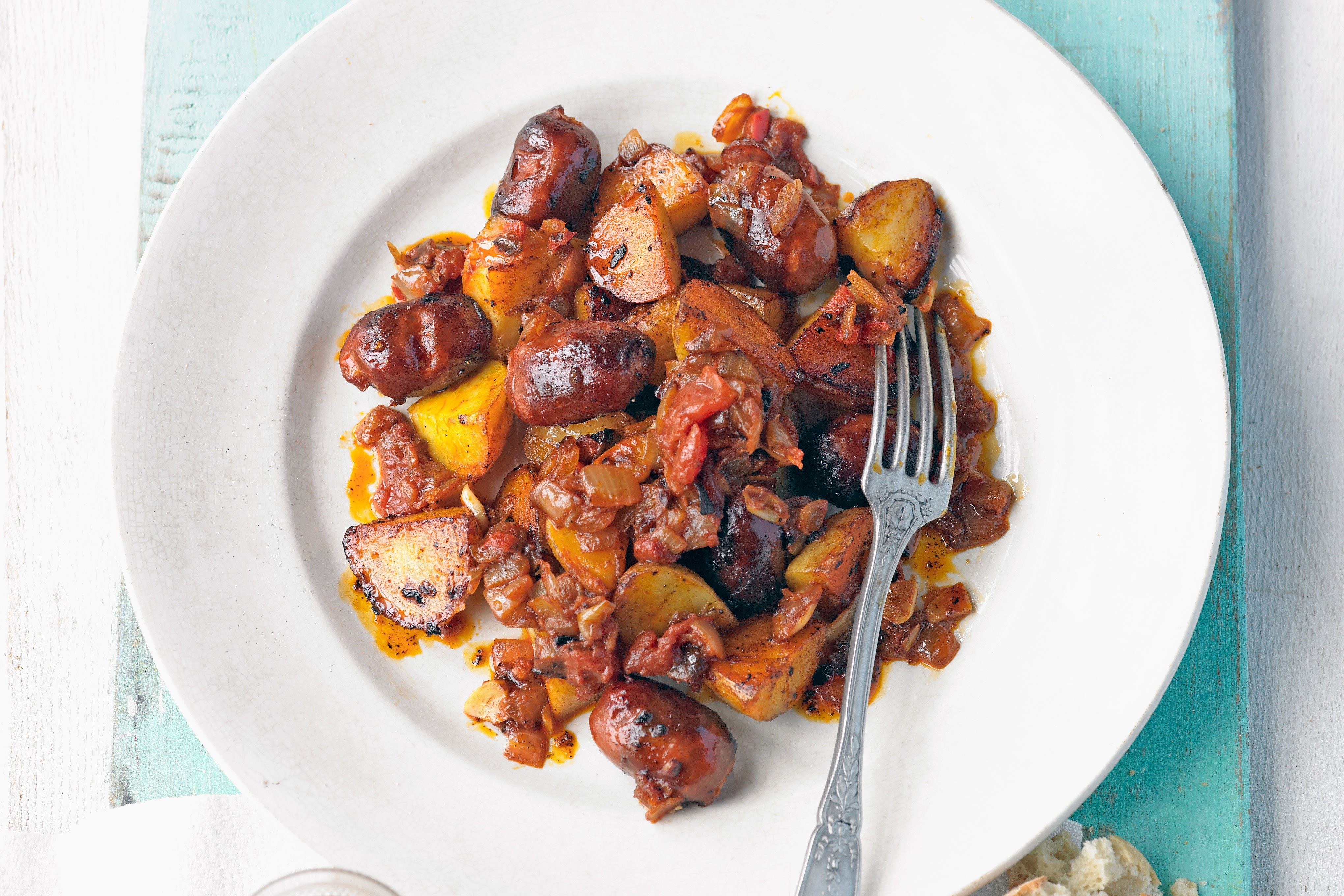
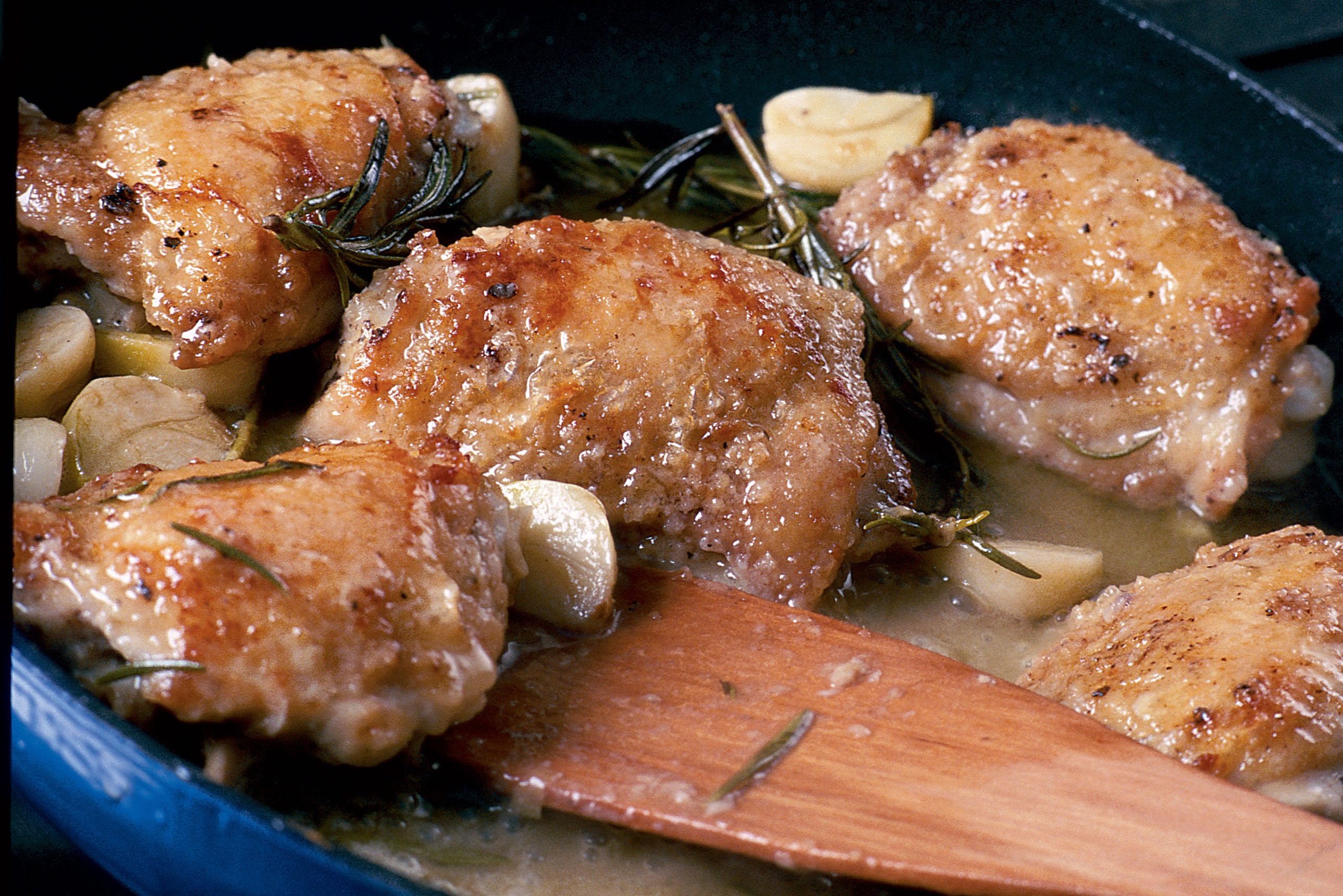
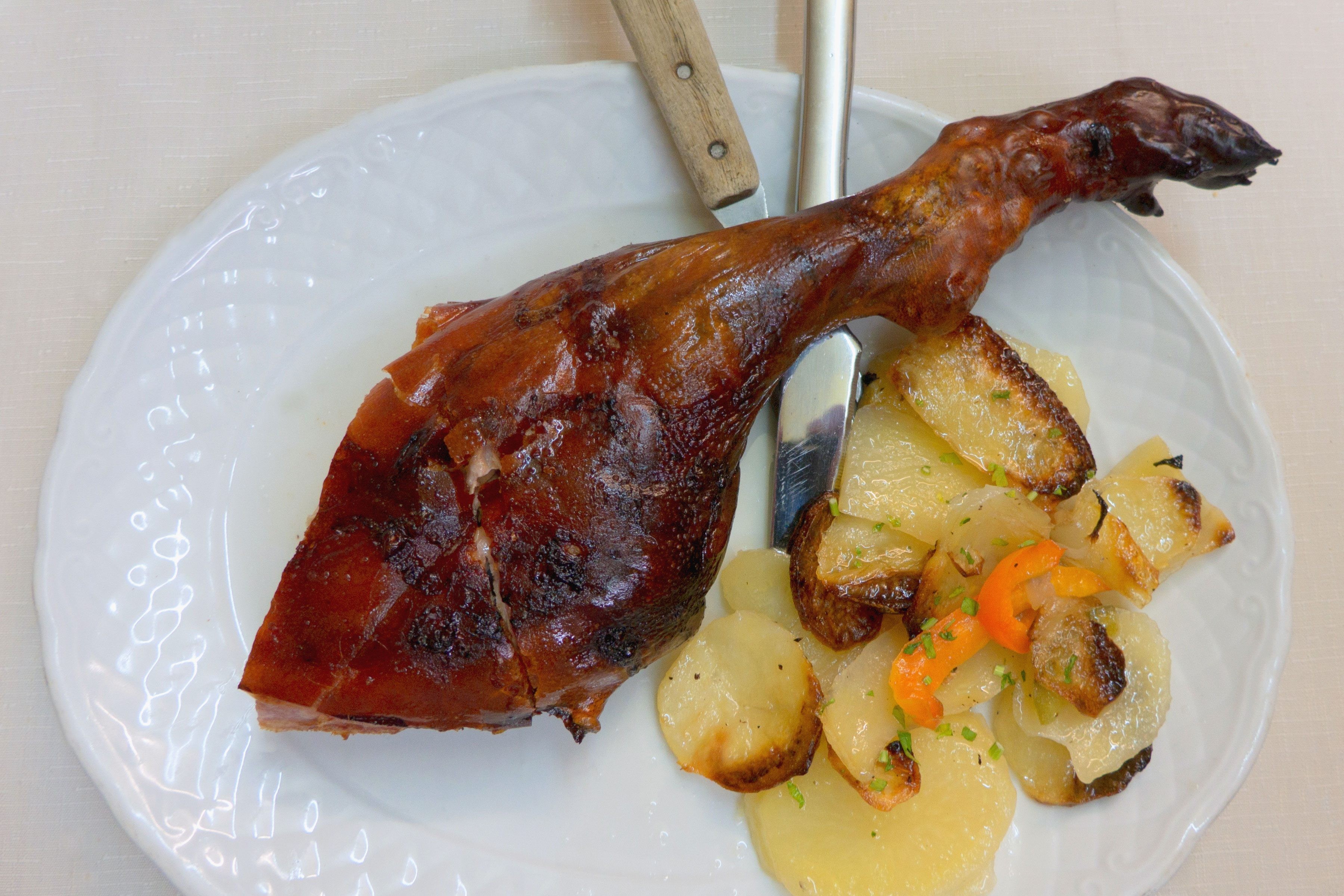
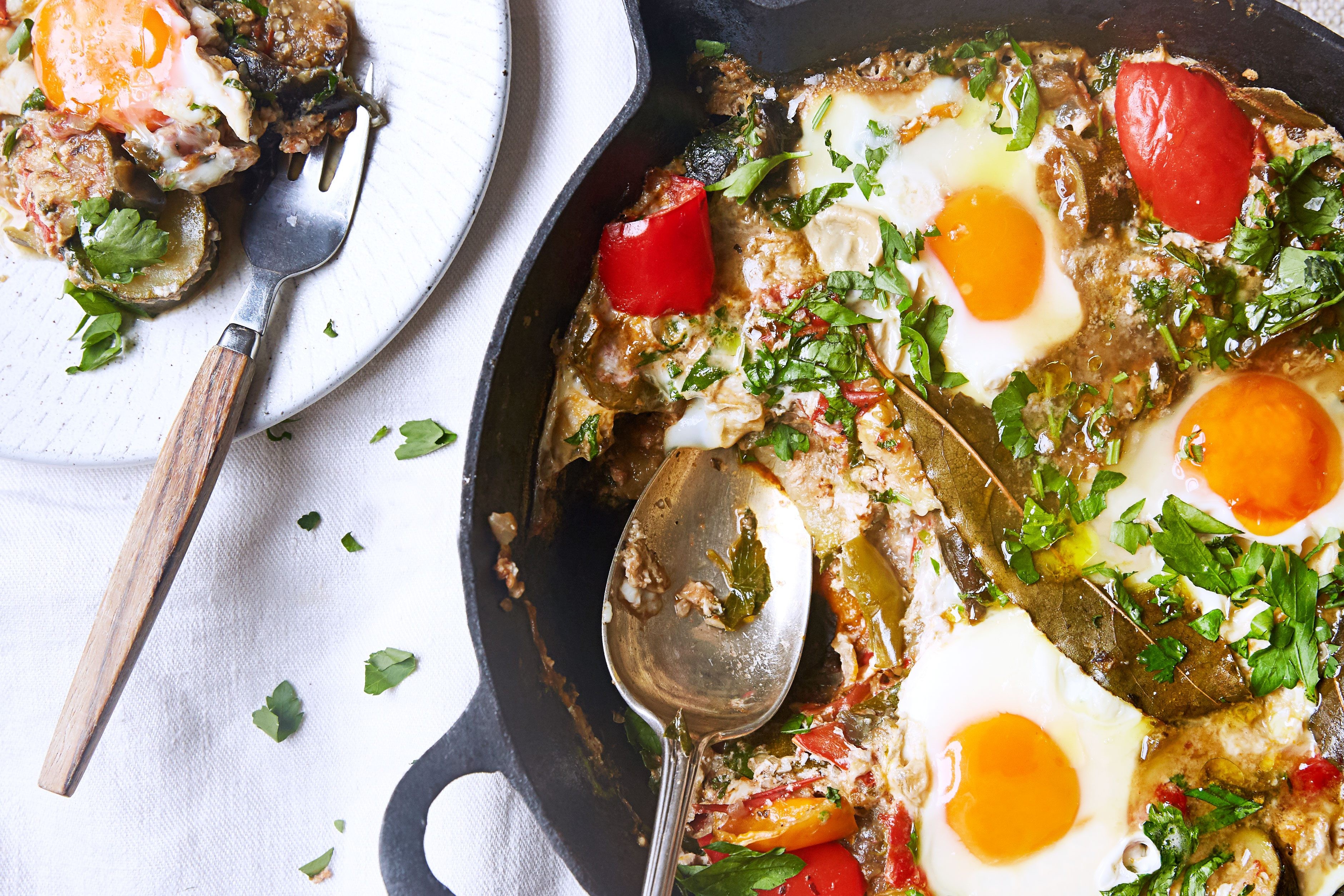
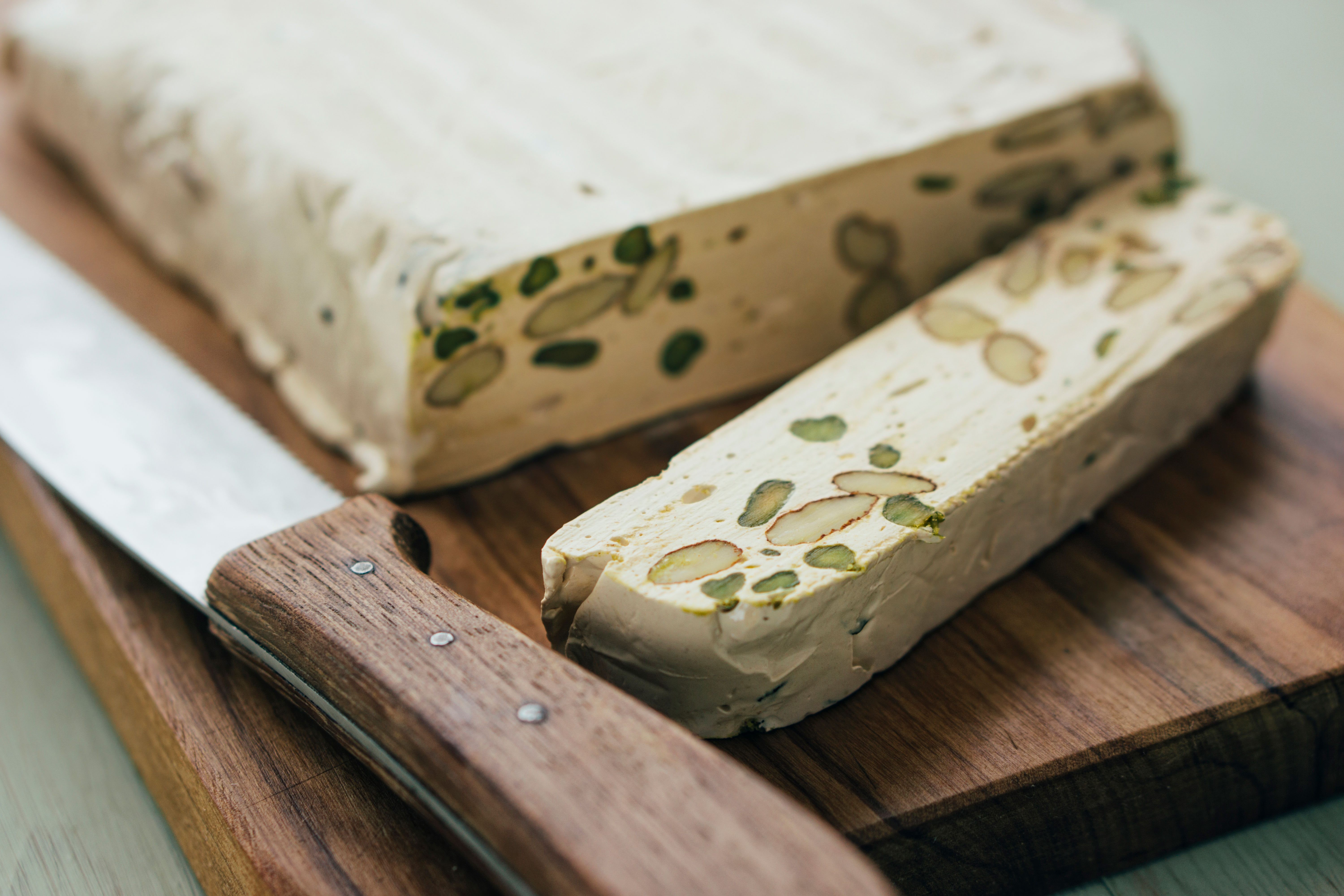
Tapas are more than just food; they are a cultural experience.
Regional Specialties: A Culinary Journey
Spain’s diverse geography and history have shaped its regional cuisines, each offering unique ingredients and cooking styles.
Regional Dishes:
| Region | Dish | Description |
|---|---|---|
| Galicia | Empanada Gallega | A savory pie filled with tuna, meat, or seafood. |
| Basque Country | Bacalao al Pil Pil | Salt cod cooked in garlic-infused olive oil. |
| Catalonia | Escalivada | Grilled vegetables, typically eggplant, peppers, and onions. |
Each region offers a unique culinary experience.
Spanish Ingredients: The Foundation of Flavor
Spanish cuisine relies on high-quality, fresh ingredients that contribute to the distinct flavors of its dishes.
Essential Ingredients:
| Ingredient | Description |
|---|---|
| Olive Oil | A staple in Spanish cooking, used for frying, sautéing, and dressing salads. |
| Pimentón | Spanish paprika, available in sweet, smoked, and spicy varieties. |
| Saffron | A prized spice that adds color and flavor to dishes like paella. |
These ingredients are the backbone of Spanish cuisine.
The Evolution of Spanish Cuisine
Spanish cuisine has evolved significantly over the centuries, influenced by various cultures and historical events. From the Roman Empire to the Moorish occupation, each era has left its mark on Spain’s culinary landscape.
Historical Influences
| Period | Influence |
|---|---|
| Roman Empire | Introduction of olive oil and wine production. |
| Moorish Occupation | Introduction of spices, almonds, and citrus fruits. |
| Age of Exploration | Introduction of new ingredients from the Americas. |
Each historical period has shaped Spanish cuisine.
Modern Trends in Spanish Cuisine
Today, Spanish cuisine is experiencing a renaissance, with innovative chefs pushing the boundaries of traditional dishes while honoring the country’s culinary heritage.
Modern Trends:
- Molecular Gastronomy: Utilizing scientific techniques to transform ingredients and create innovative dishes.
- Sustainable Cuisine: Emphasizing locally sourced, seasonal ingredients and environmentally friendly practices.
- Fusion Cuisine: Blending Spanish flavors with international influences.
These modern trends are shaping the future of Spanish cuisine.
Nutritional Benefits of Spanish Cuisine
Spanish cuisine not only delights the taste buds but also offers numerous health benefits. The Mediterranean diet, of which Spanish cuisine is a part, is known for its positive impact on cardiovascular health and overall well-being.
Key Nutrients
| Nutrient | Source | Benefit |
|---|---|---|
| Healthy Fats | Olive oil, nuts, avocados | Supports heart health and brain function. |
| Antioxidants | Tomatoes, peppers, berries | Protects against cell damage and inflammation. |
| Fiber | Vegetables, legumes, whole grains | Promotes digestive health and regulates blood sugar. |
These nutrients contribute to the health benefits of Spanish cuisine.
Health Benefits
| Benefit | Description |
|---|---|
| Heart Health | Reduces the risk of heart disease and stroke. |
| Weight Management | Promotes satiety and helps maintain a healthy weight. |
| Disease Prevention | Reduces the risk of chronic diseases like diabetes and cancer. |
Spanish cuisine is a healthy and delicious choice.
Exploring Spanish Wine Culture
No culinary journey through Spain is complete without experiencing its vibrant wine culture. Spanish wines are renowned for their quality, diversity, and affordability, making them the perfect complement to the country’s rich cuisine.
Key Wine Regions
| Region | Wine Style |
|---|---|
| Rioja | Red wines made from Tempranillo grapes. |
| Ribera del Duero | Bold red wines made from Tempranillo grapes. |
| Penedès | Cava, a sparkling wine. |
Each region offers a unique wine experience.
Wine and Food Pairings
| Dish | Wine Pairing |
|---|---|
| Paella | Albariño |
| Tapas | Sherry |
| Roast Lamb | Rioja |
Perfect pairings enhance the dining experience.
Creating a Spanish Feast at Home
Bringing the flavors of Spain into your own kitchen is easier than you might think. With the right ingredients, techniques, and a little inspiration from FOODS.EDU.VN, you can create an authentic Spanish feast that will impress your friends and family.
Essential Equipment
- Paella Pan: For cooking paella and other rice dishes.
- Earthenware Dishes: For serving tapas and traditional dishes.
- Mortar and Pestle: For grinding spices and herbs.
Tips for Success
- Source High-Quality Ingredients: Look for fresh, local ingredients whenever possible.
- Master the Sofrito: The base of many Spanish dishes, made from sautéed onions, garlic, and tomatoes.
- Don’t Be Afraid to Experiment: Spanish cuisine is all about creativity and flavor.
The Future of Spanish Cuisine
As the world becomes increasingly interconnected, Spanish cuisine continues to evolve and adapt to new influences. Chefs are experimenting with innovative techniques, incorporating global flavors, and embracing sustainability to create a culinary landscape that is both modern and deeply rooted in tradition.
Sustainability in Spanish Cuisine
- Farm-to-Table Practices: Sourcing ingredients directly from local farmers and producers.
- Reducing Food Waste: Utilizing all parts of the plant or animal to minimize waste.
- Promoting Biodiversity: Supporting the cultivation of diverse crops and livestock breeds.
Sustainability is essential for the future of Spanish cuisine.
Global Influences on Spanish Cuisine
- Asian Flavors: Incorporating spices and techniques from Asian cuisines.
- Latin American Ingredients: Utilizing ingredients like quinoa and chili peppers.
- Mediterranean Fusion: Blending Spanish flavors with those of other Mediterranean countries.
Global influences are shaping the future of Spanish cuisine.
Frequently Asked Questions (FAQ) About Popular Foods in Spain
-
What are the most popular dishes in Spain?
Some of the most popular dishes include Paella, Gazpacho, Tortilla Española, and Patatas Bravas.
-
What is Paella, and what are its key ingredients?
Paella is a rice dish from Valencia, Spain, made with saffron, chicken or rabbit, runner beans, butter beans, and Bomba or Calasparra rice.
-
What is Gazpacho, and when is it typically eaten?
Gazpacho is a chilled soup made from tomatoes, cucumber, bell peppers, garlic, and olive oil, typically eaten during the summer.
-
What are Patatas Bravas, and what is the bravas sauce made of?
Patatas Bravas are fried potato chunks served with bravas sauce, made from pimentón, olive oil, flour, and stock.
-
What is Tortilla Española made of, and what variations exist?
Tortilla Española is made of eggs, potatoes, and sometimes onions. Variations include adding chorizo, ham, spinach, or zucchini.
-
What is Jamón Ibérico, and why is it so special?
Jamón Ibérico is a cured ham from black pigs fed on acorns, giving it a nutty and rich flavor.
-
What are some regional specialties in Spanish cuisine?
Regional specialties include Empanada Gallega from Galicia and Bacalao al Pil Pil from the Basque Country.
-
What are some popular tapas dishes in Spain?
Popular tapas dishes include Croquetas, Calamares Fritos, and Pulpo a la Gallega.
-
What are the key ingredients in Spanish cuisine?
Key ingredients include olive oil, pimentón, saffron, and fresh vegetables.
-
How can I learn more about Spanish cuisine and find authentic recipes?
Visit FOODS.EDU.VN for detailed recipes, cooking tips, and insights into Spanish culinary culture.
Embark on Your Spanish Culinary Adventure with FOODS.EDU.VN
Ready to dive deeper into the delectable world of Spanish cuisine? FOODS.EDU.VN is your ultimate resource for discovering authentic recipes, mastering essential cooking techniques, and exploring the rich cultural heritage behind each dish. Whether you’re a seasoned chef or a curious home cook, our comprehensive guides and expert tips will empower you to create unforgettable Spanish feasts.
Don’t miss out on the opportunity to expand your culinary horizons. Visit FOODS.EDU.VN today and unlock a treasure trove of Spanish culinary delights.
For more information, contact us:
- Address: 1946 Campus Dr, Hyde Park, NY 12538, United States
- WhatsApp: +1 845-452-9600
- Website: FOODS.EDU.VN
Begin your flavorful journey now and elevate your cooking skills with foods.edu.vn.
